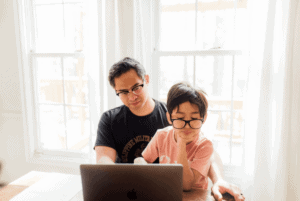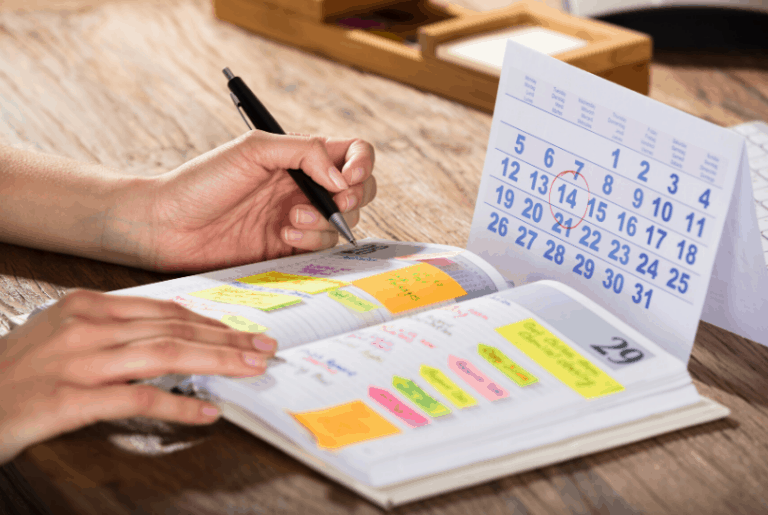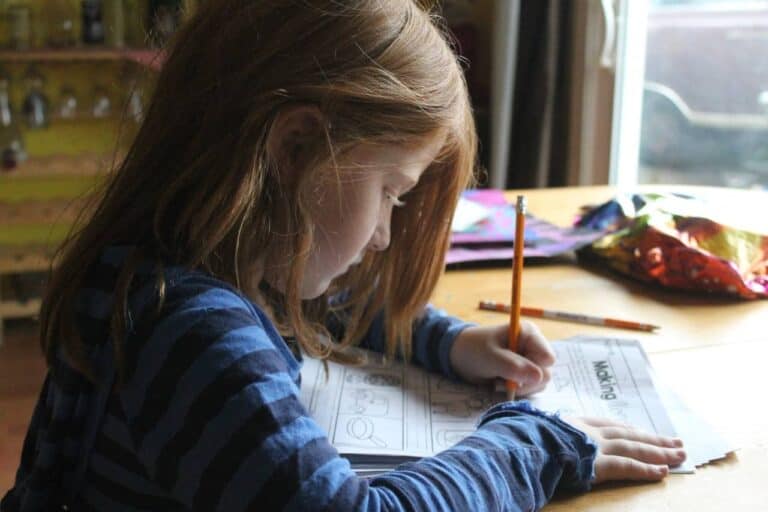Tips for Homeschooling during the COVID19 Pandemic
With schools closed, many through the end of the academic year due to the pandemic, parents find themselves facing the dual challenge of serving as both parent and educator.
Although parents and students alike might feel apprehensive about this shift to learning at home rather than in a traditional classroom, take courage from the words of Mahatma Ghandi: “There is no school equal to a decent home and no teacher equal to a virtuous parent.“

Set yourself and your children up for success!
What exactly does “homeschooling success” mean to you?
Every parent will probably have a different definition, especially if they’re new to homeschooling as a result of school closures. Parents will want to set their expectations high enough for themselves and their families to accomplish goals each day while also making sure to avoid burnout.
Steps that you may want to consider if you are just beginning your homeschool journey are:
- Selecting homeschool curriculum, whether it’s an all-in-one resource, separate websites or books for individual subjects, or resources that support emergent learning.
- Figuring out how your children learn best, including duration of learning time, arrangement of their study space, and instructional methods that are most engaging.
- Determining how to structure home learning. This can look like a direct instruction approach that might be seen in a classroom, children working independently in workbooks or with educational apps, and anything in between.
Getting organized and building a routine
Once you have a plan in place, you can get started by setting up both a physical space for learning as well as a routine that will help incorporate learning into every day.
Remember that your routine should be what works for yourself and your family: anything from a daily schedule to a set of guidelines for what everyone will accomplish over the course of a week.
One factor many parents overlook is the floor plan of their home. an open floor plan may make it hard to set up separate spaces for learning, work, and ?alone time? throughout the day, whereas a closed floor plan may mean that you’ll need to find some time to meet together as a group in a common meeting area of your home.
RELATED POST: How to Plan Your Homeschool’s Daily Schedule
It can be helpful to have visual reminders of daily responsibilities, including the use of:
- Anchor charts, which display crucial information about a topic and can be placed in a prominent location for students to reference as they learn
- Chore and household responsibility charts
- Daily, weekly, or monthly calendars that display plans for all household members
- Interactive physical or digital bulletin boards

Finding balance between academics and downtime
Remember that everyone works best when they are able to find a balance between work and downtime. Part of being successful when helping children learn at home is making sure to set learning goals as well as time that should be devoted to non-school activities, including hobbies, physical activities, and just plain fun.
Children can and do learn valuable things through play, exploration, and observation.
Since many public parks and playgrounds may be closed due to the coronavirus pandemic, some neighborhoods are getting creative with scavenger hunts and sidewalk chalk contests.
Many libraries are closed, too, but communities are coming together to exchange books and magazines (making sure to wipe everything down first!). Still other families are opting to take daily bicycle rides or walks, while being sure to respect the proper social distancing guidelines.
Juggling work and learning at home
In most cases, parents aren?t thrust into educating their children at home; it more typically follows a deliberate process that involves deciding on the ?what? and ?how? learning will happen, selecting a curriculum (if applicable), and plenty of preparation.
School closures in 2020 mean that parents who never imagined homeschooling have become facilitators of their children’s education and now need to figure out how to make time to guide young learners through educational work while also putting in hours of remote work for their jobs.
How can parents meet the learning needs of their children, while making sure they?re still getting work done and not completely burning out?
Preserving the mental bandwidth to fully engage in both work and homeschooling often means developing and encouraging age-appropriate independent learning strategies in children. Study techniques such as incremental reading and spaced repetition may be worth investigating.
Finally, consider both which times and what days are the best fit for both work and learning.
Parents may be able to schedule their time flexibly Monday through Friday, with time set aside each day for homeschooling and breaks.
Remember: trying to work seven straight days each week will likely be a recipe for a frazzled and frayed burnout disaster!
All you can do is your best
Parenting can be exhausting. Work can be exhausting. The combination of the two can feel overwhelming at times, so be sure to set realistic expectations for yourself and your loved ones.
This lifestyle is new to all of us. In the end, don’t be unrealistically tough on yourself or your family during the circumstances of educating at home, whether you?re a seasoned veteran or brand-new to the homeschooling process.
Set realistic short-term goals of one day or less, medium-term goals of a week to a month, and long-term goals for the 2020 year and beyond. Let these goals guide you but keep them flexible to accommodate the uncertainty that accompanies this ?new normal.?
Finally, don?t hesitate to reach out for help when you need it! Connecting with family and friends over the phone, through text messages, or even good old-fashioned snail mail can make an unremarkable day into a special one.
If your child is old enough, schedule video sessions with friends or relatives to help take some pressure away from you as the main educator.
Give your child the opportunity to interview someone older about their life or something they?re an expert in. Friends may be willing to read stories or novels out loud or supervise other activities remotely. Your loved ones can still assist, even at a distance.
Taking care of yourself through healthy eating, exercise, gardening, and meditation is more important than ever.
As you’ve been hearing often, we’re all in this together, and with a never-give-up positive attitude and proper planning we can all make the best of this challenging COVID-19 homeschooling situation each and every day.






